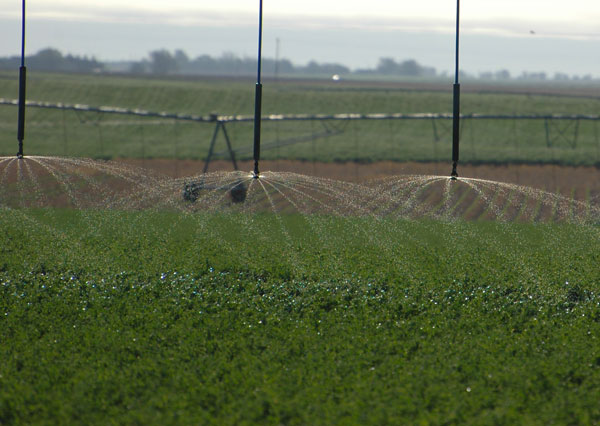Alfalfa should be evaluated in preparation for haying season.
May 20, 2012

Should I keep this alfalfa stand or rotate it to a different crop? This question comes up at this time of the year because often the farmer plans to harvest a first cutting and then, if the stand is questionable, there is still time to plant corn for silage. There are two basic methods that can be used to evaluate stand productivity. Evaluate the stand density in terms of plants/sq. ft. or evaluate by counting the number of stems/sq. ft.
Older stands naturally have fewer plants per square foot, but older plants, if they are healthy, produce more stems as compared to a younger plant. Determine the number of plants/sq. ft. immediately after a harvest or any time before a harvest. To evaluate a stand based on stems per square foot, the recommendation is to wait until there is at least 6 in. of growth. Regardless of the method used, sample at least 4-6 random areas within the field to arrive at a decision. Both of these methods assume that the objective is a pure or nearly pure stand of alfalfa.
Alfalfa stands that are over three years old should have a minimum of six plants/sq. ft. to remain in production. In addition, it is a good idea to actually dig up the plants in some of the sampled areas and split the roots lengthwise to evaluate the health of the plants. In healthy stands, fewer than 30% of plants will show significant discoloration and rot in the crown and taproot. Healthy plants will have vigorous crown shoots distributed evenly around the crown. If over 50% of the plants show signs of root and crown rot, the stand should be rotated to another crop.
To see the full article, click here.
You May Also Like



